Protests against the building of dams in India’s Himalayan state of Arunachal Pradesh turned violent on May 2, leading to the death of two persons in police firing and injuries to eight more. The two who were killed were identified as Tenpa and Nima Wangde, students of Tawang monastery.
Nabin Payeng, Arunachal’s Inspector General of Police, told journalists in state capital Itanagar that the police had been forced to open fire when a “mob” tried to storm the police station in Tawang. The protesters were demanding the release of Lama Lobsang Gyatso, a Buddhist monk who had been arrested on April 28 for having led the anti-dam protests.
[googlemaps https://www.google.com/maps/d/embed?mid=1Y-pyYhWYZmRl_Bnb8sekDOapotc&w=640&h=480]
Gyatso was released on bail the same evening. His bail had been refused in the morning, and reportedly that enraged his supporters. That same morning, a resident who had allegedly threatened Gyatso was given bail.
Tawang is the district on the India-China border through which the Brahmaputra enters India. Both China and India plan to build hydropower dams on the river. Many residents of Arunachal Pradesh have been opposing the projects on grounds of ecology and displacement.
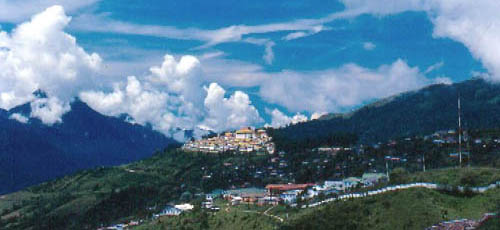
Payeng told journalists that after the incident, the Indian Army staged a flag march through Tawang town and the authorities have banned the assembly of more than three persons at any public spot in the entire district.
A resident of Tawang told thethirdpole.net that they were definitely demanding the release of Gyatso, but they had not “stormed” the police station. The resident spoke on the condition of anonymity because he feared arrest. Asked about rumours that a third person had been killed, the resident said he did not know, but he had seen a number of injured people taken away from the spot by their compatriots.
While Gyatso has been leading the anti-dam protesters in Tawang for years and has lobbied against the hydro projects in Itanagar and New Delhi, his arrest came on the basis of a 2012 audio clip. In that, Gyatso had reportedly said that since the abbot was from Bhutan, he would not understand local hydro politics.
The abbot of Tawang is traditionally held to be the spiritual head of the Mon community who live in the region. Tawang was the monastery which the Dalai Lama first reached in India when fleeing the Chinese in 1959.
Reacting to the incident, Arunachal’s Chief Minister Kalikho Pul told journalists in Itanagar, “The government will take all steps to ensure that the grievances of the public were addressed.” But he did not make any comment about the planned hydro projects, which is the chief grievance.
Tawang is scheduled to host 13 of 150-odd hydro projects planned along the Brahmaputra (called Siyang in Tawang) and its tributaries. Many of these dam projects have been called into question recently after private dam builders have pulled out.
Read also: Private dam builders back out of Brahmaputra dams
In protest against the Tawang projects, Gyatso had been instrumental in forming an activists’ group called Save Mon Region Federation (SMRF) in 2011.
In 2012, SMRF went to court against the 780 MW Nyamjang Chhu project. After protracted hearings, on April 7 this year India’s National Green Tribunal (NGT) suspended the clearance given to the project by the union environment ministry. In its order, the NGT said the project developers had not paid sufficient attention to the fact that the area to be affected by the dam was the habitat of the endangered black-necked crane. This crane is considered sacred by locals. The area is also home to two other endangered malls — the red panda and the snow leopard.
A member of SMRF, who also spoke on condition of anonymity, said the organisation was suddenly being seen as “enemy number one” by the project developers after the NGT order. He said Gyatso had been arrested twice in the last fortnight. The second arrest followed a public meeting in which the issue of the 2012 audio clip was raised.
The SMRF member said Gyatso’s arrest came soon after the organisation announced it would move court against another hydro project in the district, the Mukto Shakangchu
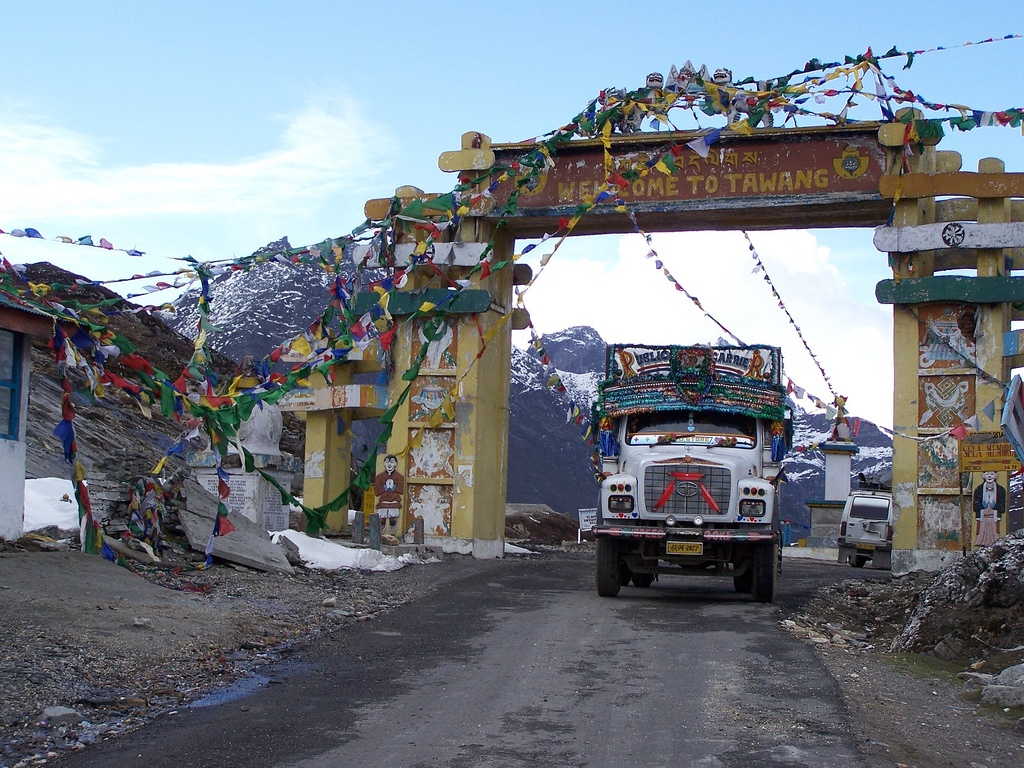

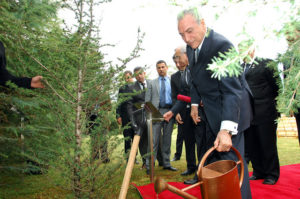
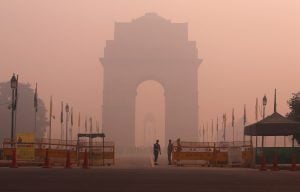

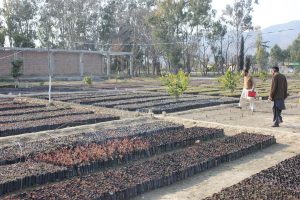
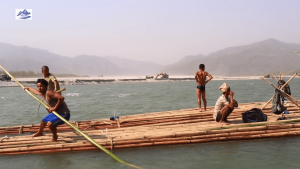
![Black-necked cranes on the Naymjang Chu riverbed near Zemithang village of Pangchen valley in Tawang district. [image by Lham Tsering]](https://dialogue.earth/content/uploads/2016/05/2.-Black-necked-cranes-on-the-Naymjang-Chu-riverbed-near-Zemithang-village-of-Pangchen-valley-in-Tawang-district.-Photo-by-Lham-Tsering-300x190.jpg)
